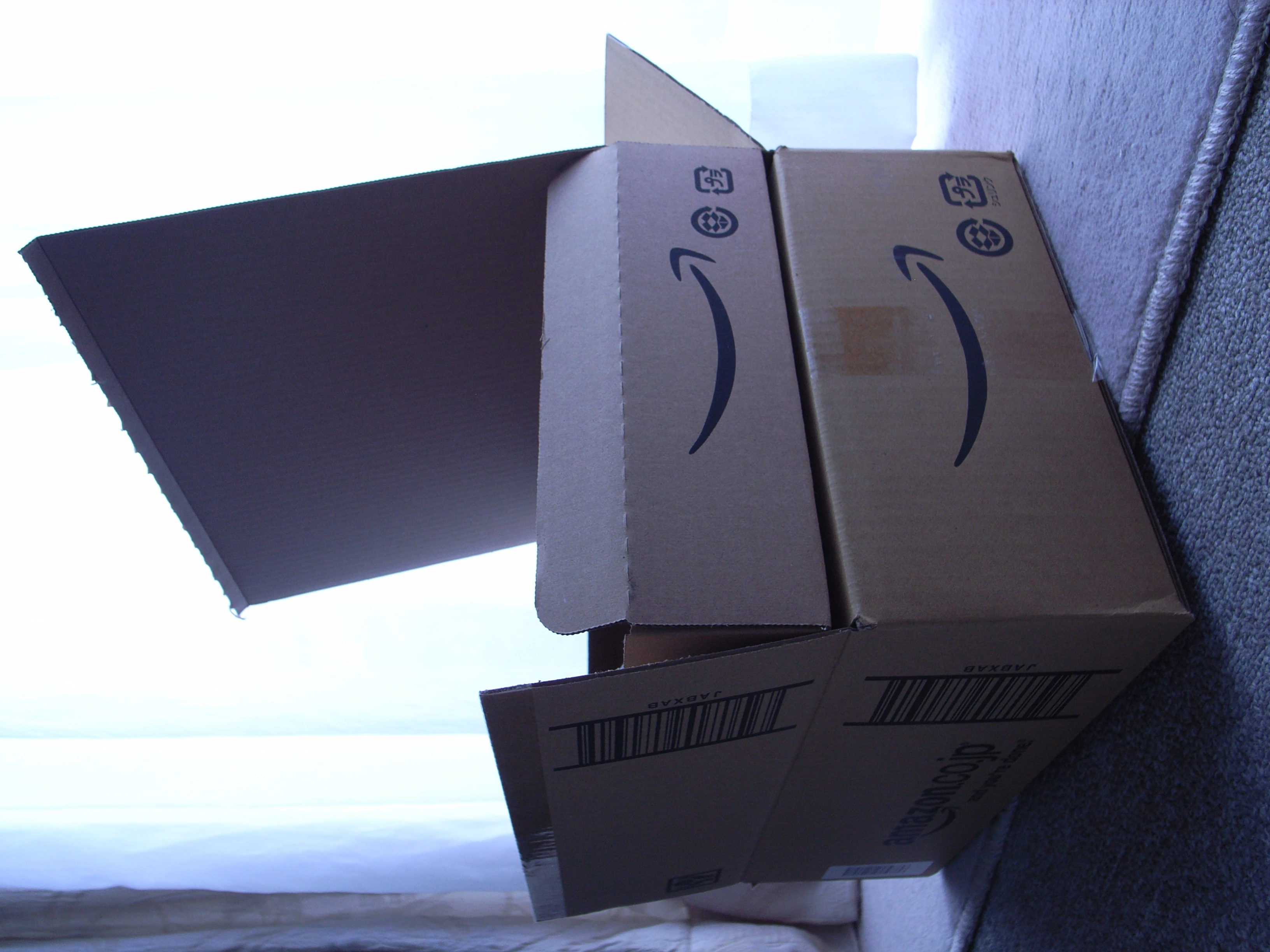
Partner Article
What Amazon Prime Day demonstrates about the importance of delivery
Amazon Prime Day is a phenomenon – it is now etched on the retail calendar. What makes it resonate so effectively with consumers and what lessons can be learnt from its success? The focus on delivery and the customer underlines why Amazon Prime Day in 2017 was the biggest day ever for the online retailer. Sales on 11 July even surpassed those seen on other retail bonanza dates such as last year’s Black Friday and Cyber Monday. Its growth is incredible, 50% more Prime members made a purchase on Amazon Prime Day in 2017 compared with 2016.
The power of Amazon and its place at the top of the retail pecking order mean other retailers are increasingly looking to piggyback on Amazon Prime Day. It makes sense. Consumers are looking to buy and Amazon isn’t the only retailer or channel through which they can purchase. What’s important to think about when it comes to Amazon is what the company can show us about the importance of delivery to the customer experience.
Amazon’s communication around delivery is exemplary, something that other retailers – and the partners they work with in order to deliver purchases to customers – would benefit from analysing. Our own research – The Tipping Point – showed that only 16% of consumers would wait for an important delivery outside of the expected delivery window; compared to 46% who would cancel and buy from a competitor. Interestingly, in another survey we conducted with retailers – Are you delivering what your customers want? – we found that 35% of retailers are either indifferent or unsatisfied with their current delivery offerings. This gap between what customers want and what retailers can provide needs to narrow. One way to achieve this may be through greater collaboration or alternatively through working with more partners. The same survey found that 42% of the respondents would work with numerous partners to best meet customer expectations. We would encourage more retailers to think this way and accept collaboration and the integration of multiple partners as a good path forward.
This is because fundamental to how Amazon uses delivery to meet and often exceed customer expectations is by being honest, transparent and clear. As it ramps up to peaks in sales, Amazon extends the delivery window allowing it to fulfil orders in a timely manner, the changing of goalposts in this way is acceptable to a consumer who is kept well informed and trusts the retailer.
Amazon Prime Day also allows Amazon to test the systems it has in place to cope with peaks in orders. This is essential if Amazon is to keep consumers trust and maintain its place in a competitive retail environment. With peak season approaching this testing is astute. Rigorous testing to ensure customer expectations are met is vital. A loss of trust equates to a loss of future revenue and profit. A poor delivery is one of the most obvious catalysts for losing customer trust.
The message is clear. Consumers want a delivery experience that works for them. Expectations amongst consumers are extremely high and all retailers need to ensure their delivery options reflect the needs and demands of their customers, otherwise they may be left behind by the competition. Amazon embodies much of what is best practice for making customers feel loyalty to a retailer and a lot of it has to do with excellent fulfilment and delivery.
This was posted in Bdaily's Members' News section by Matthew Robertson .








 Zero per cent - but maximum brand exposure
Zero per cent - but maximum brand exposure
 We don’t talk about money stress enough
We don’t talk about money stress enough
 A year of resilience, growth and collaboration
A year of resilience, growth and collaboration
 Apprenticeships: Lower standards risk safety
Apprenticeships: Lower standards risk safety
 Keeping it reel: Creating video in an authenticity era
Keeping it reel: Creating video in an authenticity era
 Budget: Creating a more vibrant market economy
Budget: Creating a more vibrant market economy
 Celebrating excellence and community support
Celebrating excellence and community support
 The value of nurturing homegrown innovation
The value of nurturing homegrown innovation
 A dynamic, fair and innovative economy
A dynamic, fair and innovative economy
 Navigating the property investment market
Navigating the property investment market
 Have stock markets peaked? Tune out the noise
Have stock markets peaked? Tune out the noise
 Will the Employment Rights Bill cost too much?
Will the Employment Rights Bill cost too much?